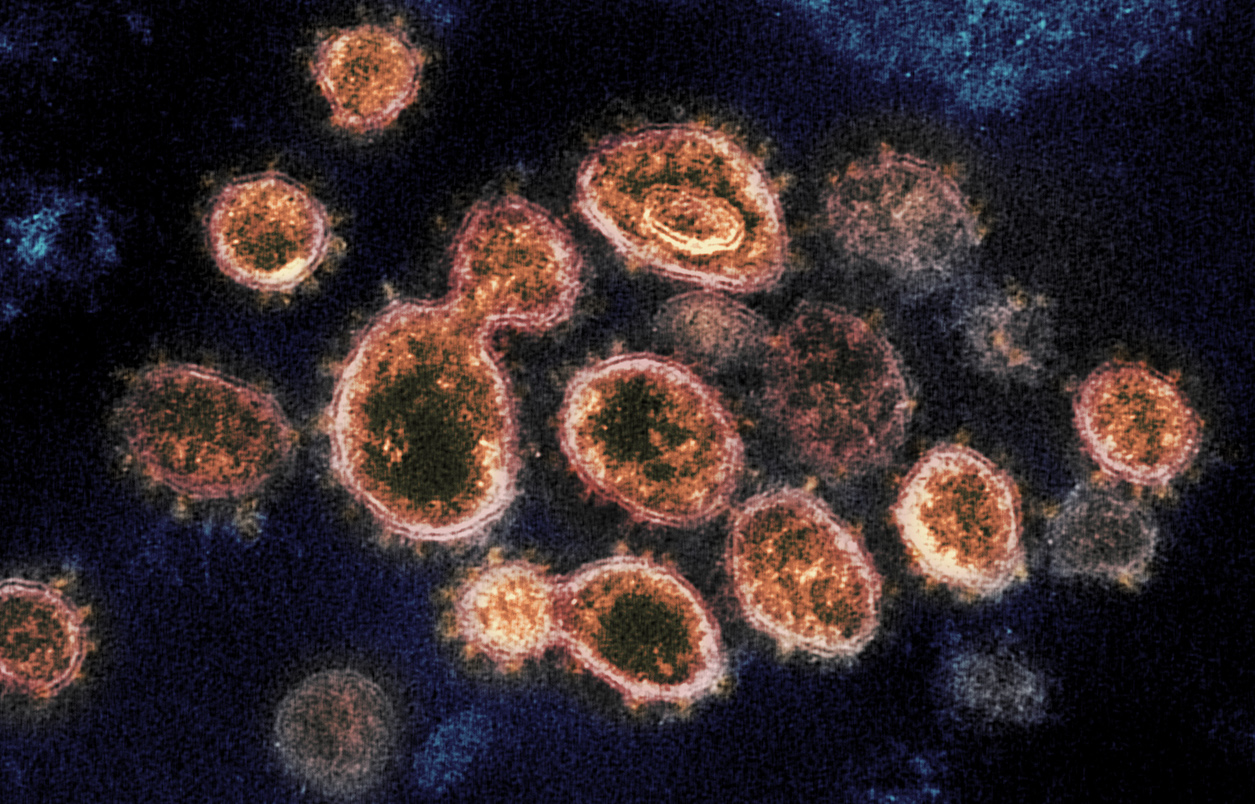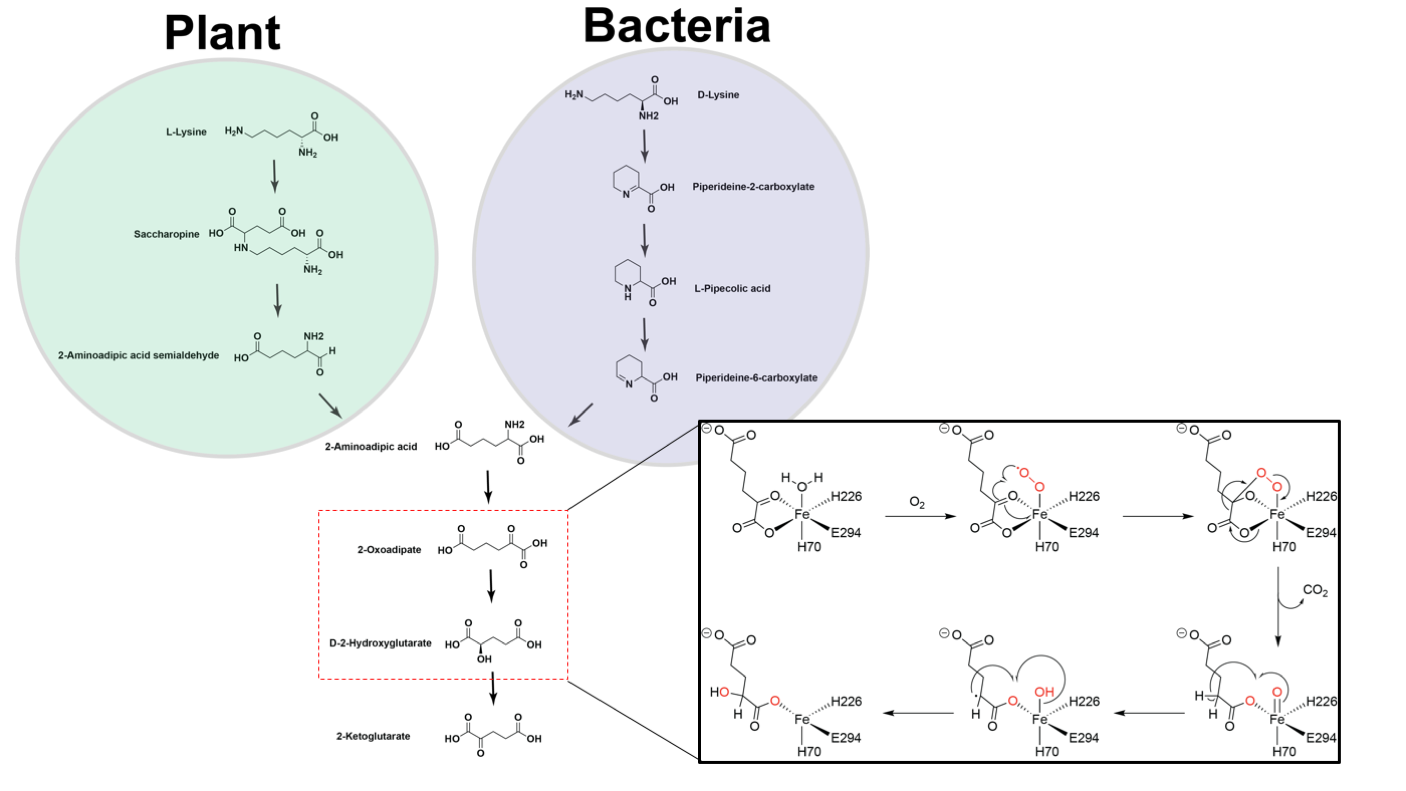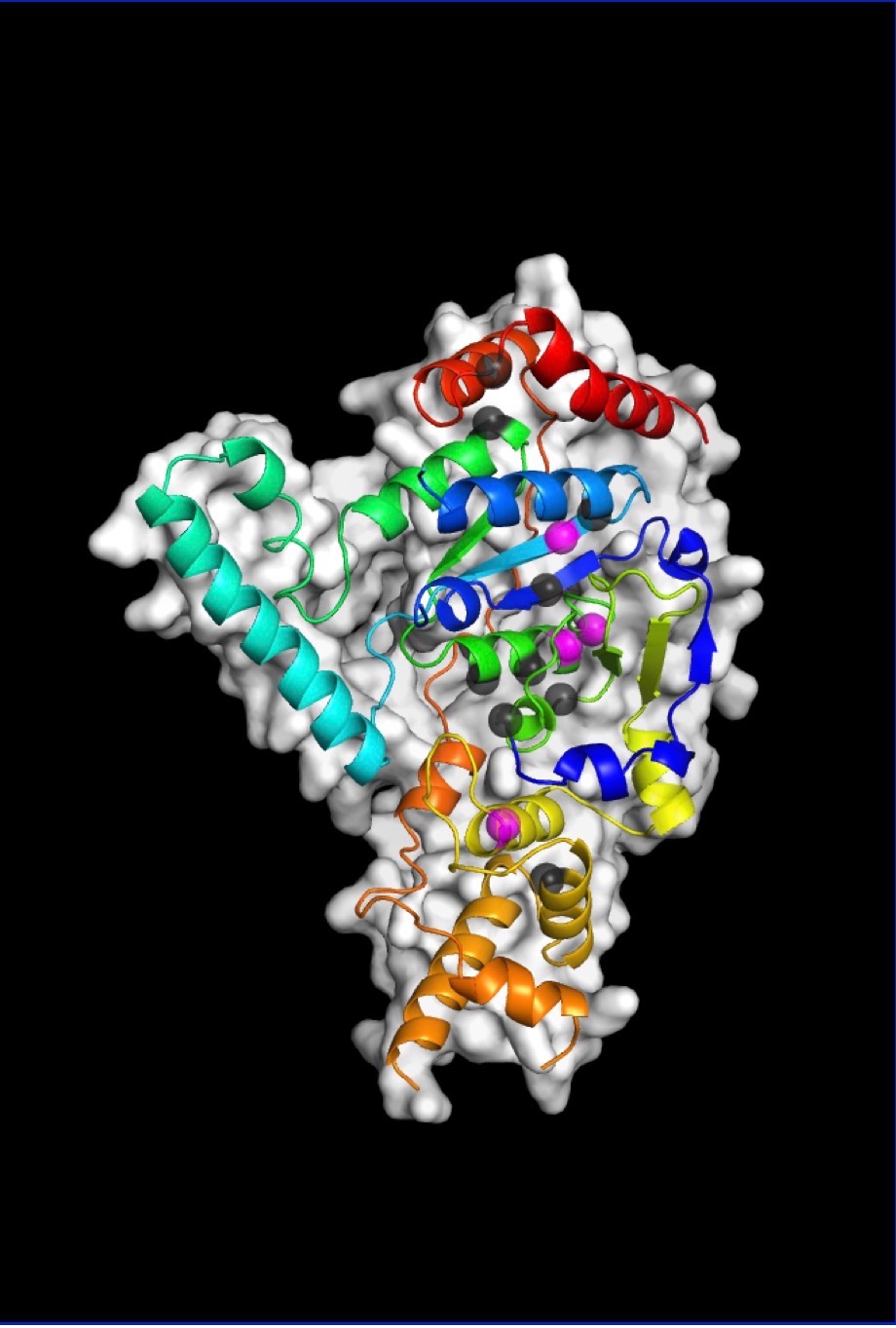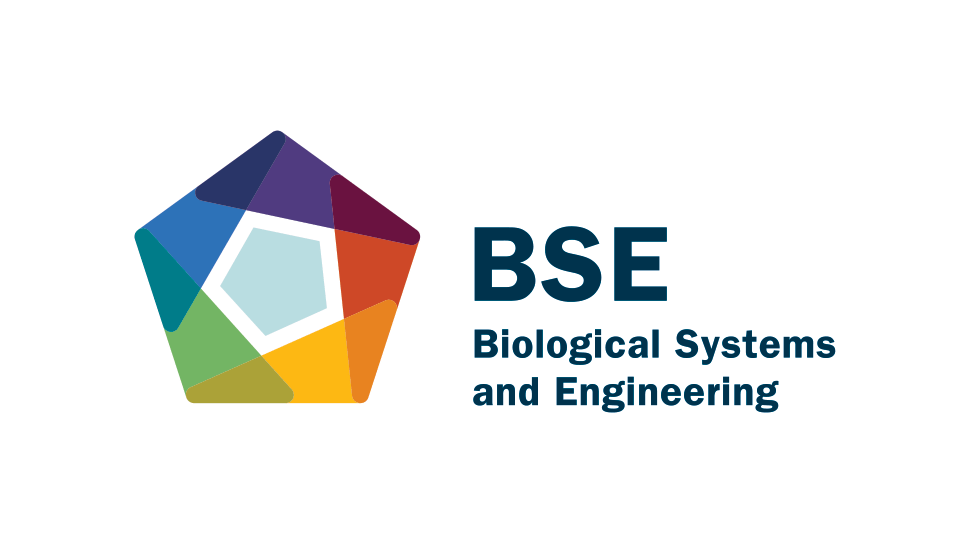
some more text
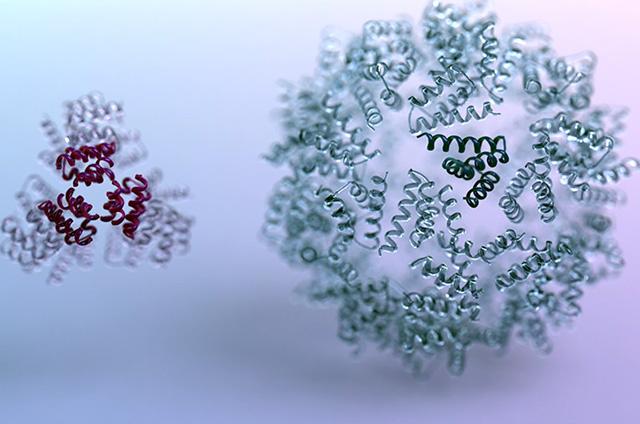
some more text


-
Machine Learning Takes on Synthetic Biology: Algorithms Can Bioengineer Cells for You
Engineering biological systems to specification–for example, designing a microbe to produce a cancer-fighting agent–requires a detailed mechanistic understanding of how all the parts of a cell work. Typically, this knowledge is acquired through years of painstaking work and a fair amount of trial and error. But Berkeley Lab scientists have created an Automated Recommendation Tool (ART) that adapts machine learning algorithms to the needs of synthetic biology to guide development systematically. With a limited set of training data, the algorithms are able to predict how changes in a cell’s DNA or biochemistry will affect its behavior, then make recommendations for…
Read the article -
Videos Showcase Biosciences’ Response to COVID-19
For the past several months, teams of bioscientists have utilized Berkeley Lab’s world-class research facilities to contribute to the national response to COVID-19, resulting in a wide range of promising research. Four videos showcase researcher contributions from across the Biosciences Area, which aim to help address some of the many scientific challenges posed by the pandemic.
Read the article -
Finding the Missing Step of an Important Molecular Process
Lysine is an important amino acid that must be supplied in our diets, as our bodies can’t produce lysine on their own. Most cereal grains have low levels of lysine, and scientists have worked to breed crops with higher lysine levels. However, the biochemical processes that break down lysine in plants weren’t fully understood. New Joint BioEnergy Institute (JBEI) research, published in Nature Communications, reveals this last missing step of lysine catabolism.
Read the article -
Enigmatic Protein Sculpts DNA to Repair Damage
Biosciences Area researchers and their collaborators have determined how a protein called XPG binds to and reshapes damaged DNA, illuminating its role in averting genetic disease and cancer.
Read the article -
Biosciences Area Projects Receive Technology Commercialization Funding Awards from Department of Energy
Two projects from the Biosciences Area were awarded $1 million from the DOE’s Technology Commercialization Fund (TCF) to further collaborative research with industry partners. The research will enable rapid strain engineering for the production of biofuels and bioproducts from low-cost gas feedstock, and produce a new aviation biofuel precursor from cellulosic biomass.
Read the article


